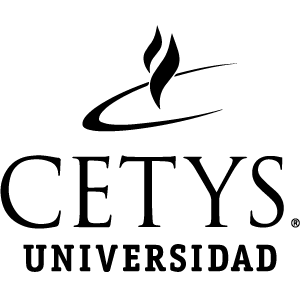https://repositorio.cetys.mx/handle/60000/836| Campo DC | Valor | Lengua/Idioma |
|---|---|---|
| dc.contributor.author | Escobedo Bravo, Lizbeth Olivia | - |
| dc.contributor.other | Hirales-Carbajal, Adan | es_ES |
| dc.date.accessioned | 2020-08-10T17:54:13Z | - |
| dc.date.available | 2020-08-10T17:54:13Z | - |
| dc.date.issued | 2019-01 | - |
| dc.identifier.uri | https://repositorio.cetys.mx/handle/60000/836 | - |
| dc.description.abstract | Worldwide Fetal-Maternal morbidity and mortality is frightfully high. Most of thesediseases occur in developing countries. One of the main reasons for this problem, after gestationalhypertension and complications in childbirth, is infections. Urinary Tract Infections (UTI) during pregnancy isone of the main causes for fetal-maternal morbidity and mortality in Mexico. Among others, the pervasivenessand heterogeneity of data in Electronic Medical Records (EMR) complicates early diagnosis and treatment ofUTI.OBJECTIVES: Our goal is extract empirical knowledge, in the form of association rules, that generalizesymptomatology and treatment of UTI patients with positive and nagative diagnosis.METHODS: In this study, we developed a criterion to extract words and expressions that uniquely characterizeeach patient class. We extracted association rules from EMRs and evaluated its level of correspondencebetween the rules and the extracted word sets.RESULTS: By defining a bound on word frequency usage and evaluating the positive to negative word ratio wewere able to identify word sets that uniquely characterize each patient class. A bound of 47 enabled extractionof 25 unique words and expressions for each patient class. Further, approximately 17% and 27% of associationrules drew terms from each word set correspondingly.CONCLUSION: This work seeks to promote the creation of more effective criterions to extract features, fromEMRs, that improve characterization of patients and that ultimately lead to a more accurate diagnosis of UTIs. | es_ES |
| dc.language.iso | en_US | es_ES |
| dc.relation.ispartofseries | ;5 | - |
| dc.rights | Atribución-NoComercial-CompartirIgual 2.5 México | * |
| dc.rights.uri | http://creativecommons.org/licenses/by-nc-sa/2.5/mx/ | * |
| dc.subject | Pregnancy health | es_ES |
| dc.subject | Pervasive health | es_ES |
| dc.subject | Digitization of healthcare | es_ES |
| dc.subject | Data analysis | es_ES |
| dc.title | Towards early and automatic detection of UrinaryInfection during pregnancy | es_ES |
| dc.title.alternative | EAI Endorsed Transactions | es_ES |
| dc.type | Article | es_ES |
| dc.description.url | https://www.researchgate.net/publication/338907851_Towards_early_and_automatic_detection_of_Urinary_Infection_during_pregnancy | es_ES |
| dc.identifier.doi | DOI: 10.4108/eai.13-7-2018.162810 | - |
| dc.subject.sede | Campus Tijuana | es_ES |
| Aparece en las colecciones: | Artículos de Revistas | |
| Fichero | Descripción | Tamaño | Formato | |
|---|---|---|---|---|
| Towards erly and automatic detection of Urinary Infection.png | 145.15 kB | image/png |  Visualizar/Abrir |
Este ítem está protegido por copyright original |
Este ítem está sujeto a una licencia Creative Commons Licencia Creative Commons


